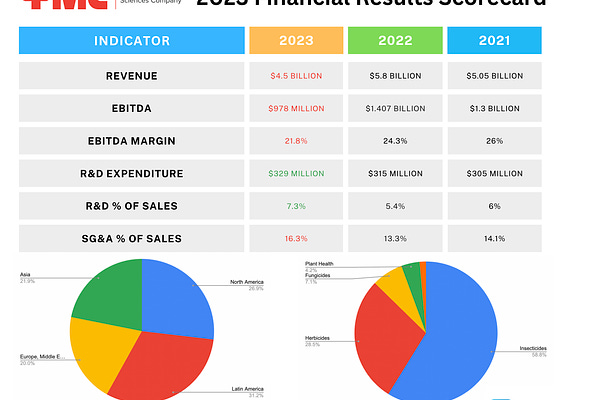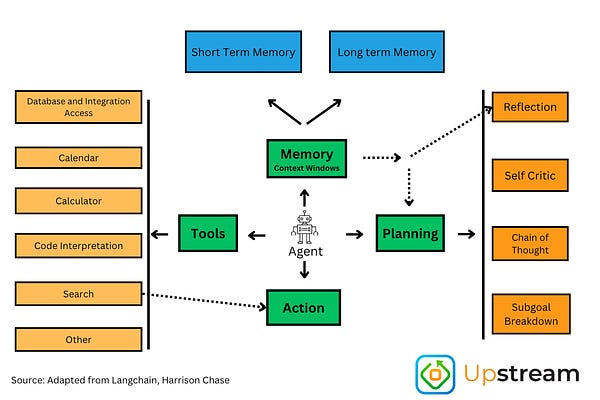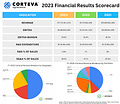


7
Share this post

Upstream Ag Professional - April 14th 2024
www.upstream.ag

Share this post

Biologicals are ‘economically unfeasible’ According to Report: The Shortcomings and Opportunities
www.upstream.ag
1





2
Share this post

GenerativeAI Strategy in Agriculture: What Can We Learn from Farm Management Software?
www.upstream.ag


Upstream Ag
Essential news and analysis for agribusiness leaders
Recommendations
Janette Barnard
Venky Ramachandran
Lee Vetsch
Ariel Patton
Share this publication

Upstream Ag
www.upstream.ag
© 2024 Shane Thomas
Substack is the home for great culture











